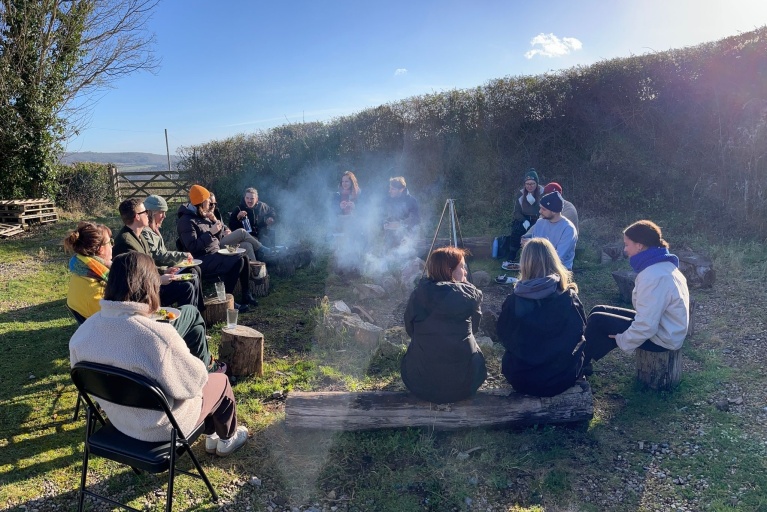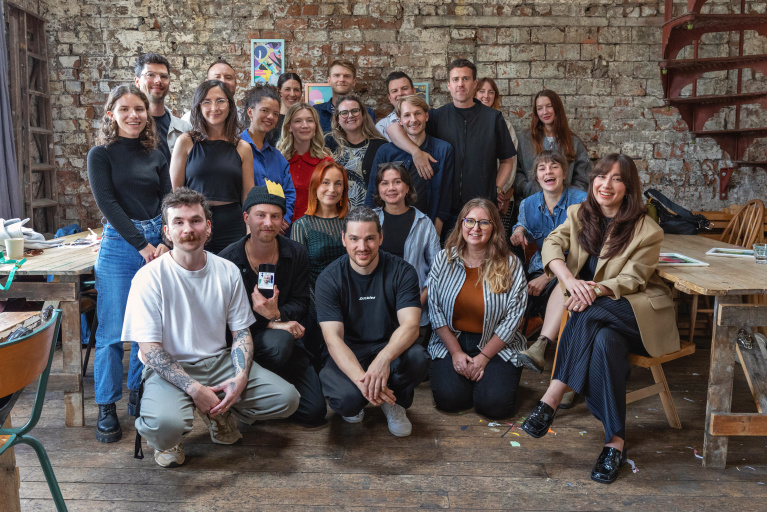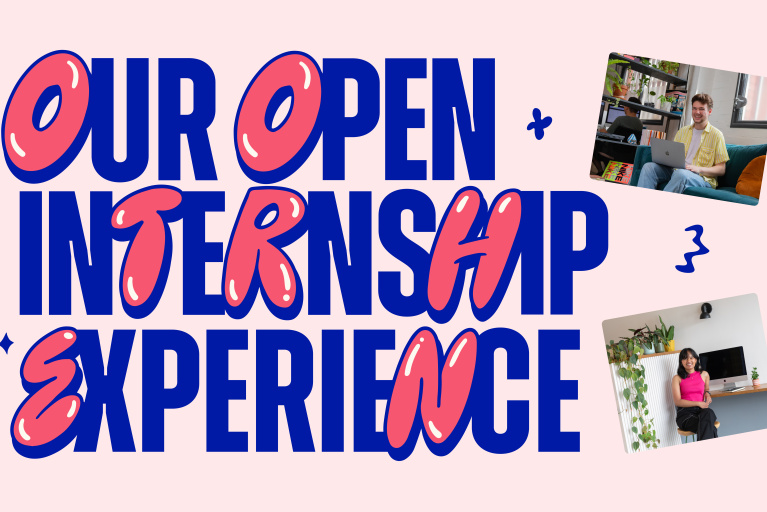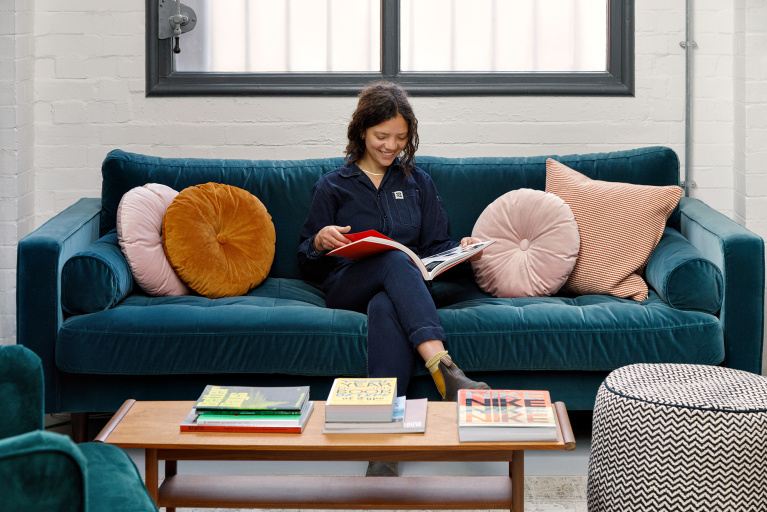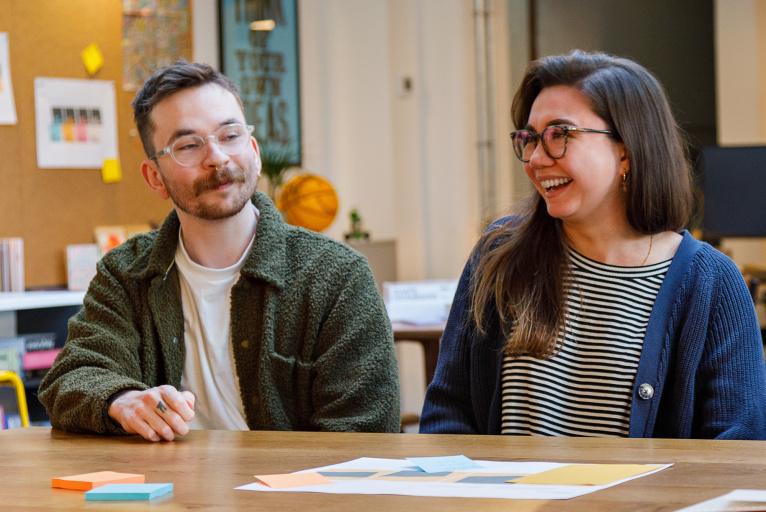For years, exhibitions in galleries and museums around the world were standalone offerings. They took place between certain dates, at certain times, in one place, and once you’d paid your money and visited, the experience was over. They were one time events showcasing work and exhibits to only those who came through the door.
However, things have changed, and in the museum and gallery sector they are beginning to change faster and more dramatically than ever before, as different organisations are beginning to open up to providing visitors with immersive, innovative digital experiences to help showcase their work. This article examines apps and art, and how the industry is turning on to the idea of integrating digital and portable technology in their exhibition spaces.
There is now a multitude of ways to enjoy different experiences both inside and outside of a gallery or museum space
Building an app
First things first, you actually have to build an app that complements your existing strategy. The 2013 mobile survey found that 50% of those taking part had a mobile offering and 19% planned to within the next 12 months. Fast forward, and just a quick Google search suggests that rather more museums and galleries have taken digital technology onboard in the succeeding years. The likes of The Met, the Louvre, The Smithsonian and other gallery heavyweights such as The National Portrait Gallery and the Natural History Museum have recently got in on the act to provide digital experiences that add something to your visit.

How do apps help, and how are they used?
There are a lot of different ways museums and galleries use digital technology in their apps, but most fall into two different, distinct categories. Firstly, there are the apps designed to aid a physical visit – innovative solutions that support and emphasise a trip and allow you to delve deeper into the artefacts or artwork on show. Whether this comes in the form of an interactive map to navigate what are often large and confusing spaces, digital signage usage GPS, or more information that appears when you’re in front of a specific piece of work, for example, in the form of iBeacon, Eddystone or Indoor Location technology. These are the most popular form of apps and have been adopted throughout the museum and exhibition sphere, making up a large proportion of tech offered from the industry.
Another way apps are used is concerned with archiving, and moving physical exhibitions to a digital platform, allowing people to get closer to the artwork in question and read more about it without having to fight off the crowds. A lot of these types of apps provide some innovative user experience, often allowing you to explore specific elements of the work and interacting with it in some way.
As well as this, it is important that for future generations we preserve our material heritage, and over the past few years we have seen educational and arts establishments build and grow their digital encyclopaedias of information, ensuring that there are accessible across a range of devices, containing huge amounts of information. The digitising means they’ll stay accessible, with the additional value of recording and keeping track of what galleries and museums actually own. This ability to hold vast amounts of information online has revolutionised the way these institutions are run, and as consumers and visitors we are also seeing the benefit.

Case Study: The Museum of London’s ‘Street Museum’
A good example of how the Museum of London have modified and adapted innovation for smartphones, the ‘Street Museum’ is a ‘living, breathing’ app that uses GPS technology to bring London’s streets alive with the history contained within the museum. It’s a good way of engaging people with not just the content of the museum, but the brand itself, designing the ability for users to collect spots they’ve found in the city and click through to more information about each one.
This follows another trend within apps for art and educational establishments – that of gamification. It provides an ability to access something of learning but include an exploratory, investigative and collective element. It’s also fascinating to see how this approach also helps increase people’s sense of place and their understanding of their environment.
A greater immersion and appreciation of the ‘bigger picture’ is a big part of why museums and galleries develop apps.

Case Study: The National Gallery: Love Art
Audio tour guide company Antenna Audio created an app for the National Gallery with its emphasis very firmly on accessibility – digitalising the content and opening up details, information and the history behind its extensive collection, which is one of the largest in western Europe. Below is a quote from the app’s description, which signals the entire tone of voice for the National Gallery’s digital offering:
“These pictures belong to everyone and are presented here for you to enjoy and keep with you at all times.”
“This is your collection. Please touch the art.”
Digital innovation within this space is democratising. We all have access to smartphones and access to the internet, so by adopting this tone The National Gallery are subverting traditional interpretations about the art they keep in their collections. It’s also inviting personal interaction, injecting life and a personality to be able to tell the story of the gallery and the art within it.

Case Study: Tate
The Tate has no fewer than 23 different apps to explore, covering a range of topics and uses, from exhibition specific apps such as the the app for the Kazimir Malevich exhibition, including images and audio guides to make the most of a trip there, to pocket art gallery browsers and reinterpretations of popular children’s books.
An excerpt from the description of the Malevich exhibition app, below:
“Perfect as a guide to use in the exhibition and afterwards at home, as a memento. Or if you can’t make it to the show, use it as your own personal exhibition of Malevich’s work, to explore again and again.”
In this case study, it’s clear that the Tate are using digital innovation in apps to create personal experiences. They want individuals to curate their own gallery experience and have an element of personal control over their own feelings towards the art in the space. It is providing an ability to access unique experiences – something that is at the heart of the digital revolution across the whole world.
 Curation to Creation
Curation to Creation
One common theme is the focus on the user being in control. In an era in which choice is plentiful, and we can fine tune and choose to curate our own lives – from the jobs we do to the tea we buy – the focus on apps in art spaces has been about being able to control and curate your own experience of the exhibitions.
As mentioned before, this is to do with democratisation and access – this way of consuming art doesn’t dictate and it doesn’t choose – it’s open to everyone of all ages and what many institutions have been doing is creating apps that suit every age group and every sector of society.
It’s about increasing access and not limiting it, which the art world has had to try very hard for many years to do. With technological innovation, it’s finally reached that point.
What’s next?
The three case studies we’ve looked at all follow different interpretations of how and why visitors to galleries and museums download apps and how they use them. With the Tate, the emphasis is on accessibility and choice, with a huge quantity of content that helps keep the whole family involved and caters for a number of different interests.
In the case of the Museum of London, the emphasis is on adding extra depth and immersion. Truly capitalising on the ‘always on, always accessible’ feature of modern smartphones, they’ve designed a way to keep their brand and their message centre stage even on the streets. The amount and depth of content comes with it an understanding that being a museum means being a living, breathing entity and that true history can’t necessarily be truly represented in one building alone.
As for the National Gallery, they use a very different way of designing apps to enhance user engagement, trying to break down the oft-perceived notion that the gallery itself and the art within it is elitist and not relevant to today’s generation. Inviting people to curate their own collections and using language like ‘this is your collection,’ helps draw people towards a personal experience. For the smartphone generation, the tone of traditional art galleries has changed.
Apps can be a way of reaching out and of levelling the playing field when it comes to who can access the work within a space and who might be interesting in visiting.
At a time where we need it more than ever, they open up connections and take down boundaries and borders, allowing absolutely everyone to enjoy the magic of both the spaces and the wonderful artefacts and work within them.
It’s likely that going forward, a greater degree of personalisation, freedom and accessibility will be at the forefront of museum’s minds. With greater choice, and a greater sense that we have our own agency when learning about the past and the work of others, apps and art together helps create entire museum experiences. Whether they are used to enhance a visit or to back up and digitalise a museum or gallery’s collection, their aim is to immerse and engage visitors and help set up the possibility of in depth study and repeat visits.
And in a quest to learn more about the world we live in, this is one use of digital technology, social media and app development that I’m sure we can all agree on.
Let us know what you think and join the conversation at @FiascoDesign.

